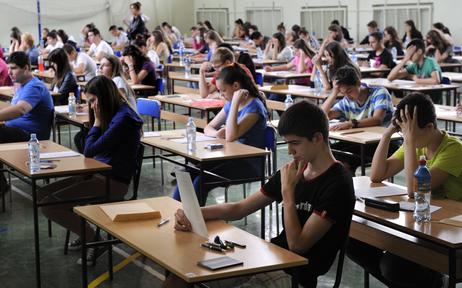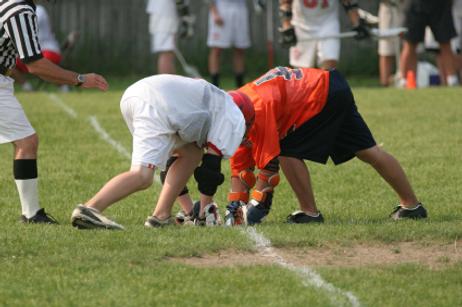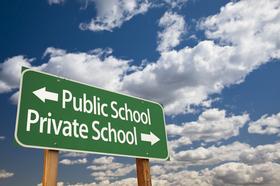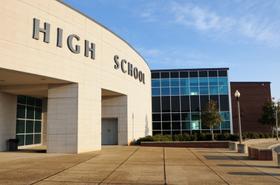What are the Benefits of Magnet Schools?
The quality of your child’s education will have a significant impact on the rest of his life.
- The education he receives while he is young will prepare him for higher education and, eventually, a career.
- The challenge is, however, that there are many different types of schools to choose from.
- If you want your child to receive the best education available to him, consider enrolling him in a magnet school.
Canva generated this picture of a class in a magnet school.

What is a Magnet School?
A magnet school is a type of public school that, while still part of the local public school system, has a particular curricular focus.
- In many ways, magnet schools are just another type of school but there are some key features that set these schools apart.
- In the United States, magnet schools are developed around a core set of five principles according to the Magnet Schools of America organization.
These five pillars include the following things:
- Diversity – Part of what sets magnet schools apart from other schools is the focus on diversity which gives students a global educational experience. Through recruitment and lottery systems, magnet schools strive to develop a student body that is reflective of the surrounding community.
- Innovative Curriculum and Professional Development – Each magnet school has a particular theme and the curriculum is relevant to that theme, designed to prepare



















